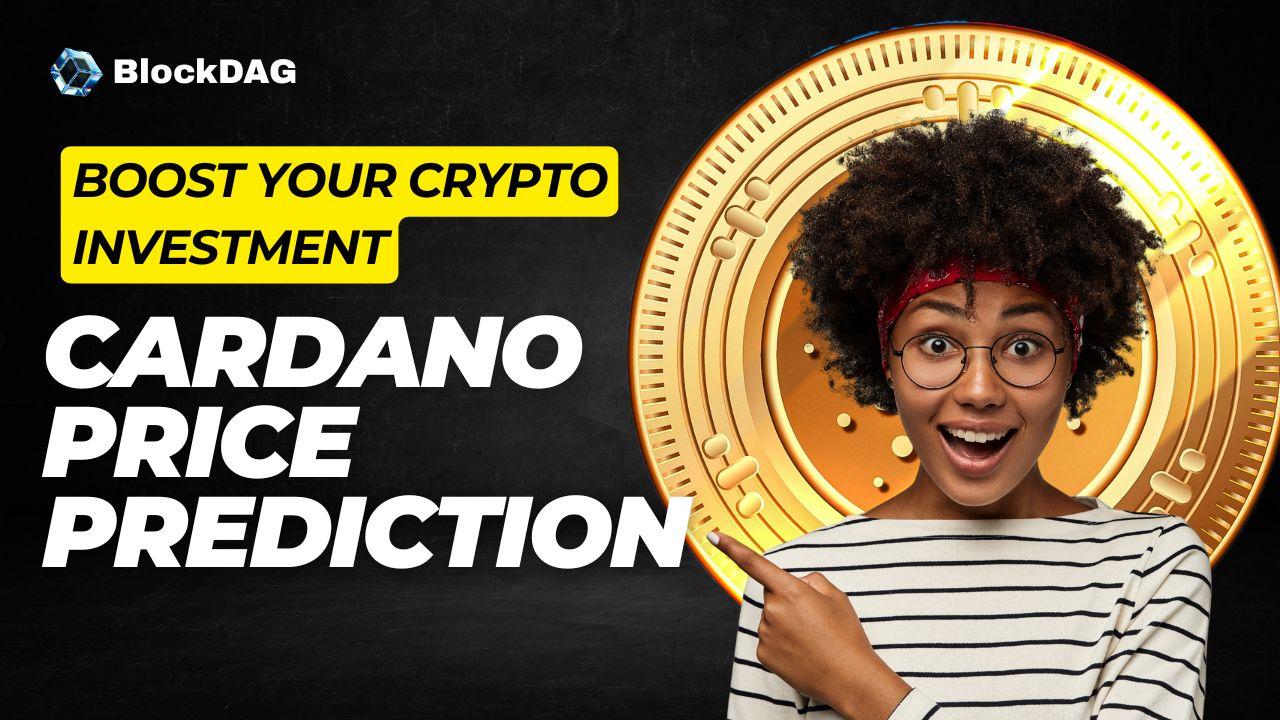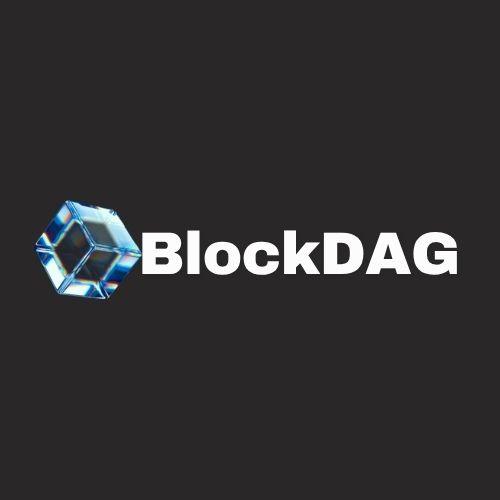Notifications

Cardano has never taken the fast lane. While other blockchain projects chase quick launches and flashy marketing, Cardano has always stayed the course — slow, steady, and relentlessly peer-reviewed. It’s built on academic research, and its upgrades go through meticulous testing before they hit the mainnet.
That alone sets it apart.
But in a crypto world where speed and hype often dominate headlines, many still wonder: Is Cardano too slow to compete? Or is it building something that will quietly outperform over time?
As the next market cycle unfolds, interest in ADA is rising again. Retail investors, long-term holders, and even institutions are once again asking: how far can Cardano go, and what kind of returns are possible?
Let’s dive into a grounded Cardano price prediction, explore what’s driving sentiment, and unpack whether ADA still has long-term upside.
Most blockchain platforms boast scalability or speed. Cardano aims for sustainability and scientific rigor. It uses a unique proof-of-stake protocol called Ouroboros and is structured around eras — Byron, Shelley, Goguen, Basho, and now Voltaire — each focused on different pillars like decentralization, smart contracts, scalability, and governance.
This methodical approach isn’t for everyone, but it has quietly built a loyal global community. In 2023, Cardano had more GitHub commits than nearly any other blockchain project — a clear signal that developers are still hard at work.
Now, with the Voltaire phase focusing on decentralized governance, Cardano is moving closer to becoming a self-sustaining ecosystem — no small feat in crypto.
These developments form the backbone of any solid Cardano price prediction. Real fundamentals matter more than hype in the long run.
As of now, Cardano sits comfortably within the top 10 cryptocurrencies by market cap. Its price, however, hasn’t matched the level of adoption and development activity. That’s due in part to macroeconomic pressure, regulatory uncertainty, and the overall cooldown in the altcoin market.
But with new staking mechanisms, growing dApps, and a budding DeFi scene on Cardano, the narrative may be shifting.
The undervaluation argument is growing stronger, and with market cycles favoring layer-1 chains during alt seasons, Cardano could be poised for a surprising move.
This sets the stage for a compelling Cardano price prediction for both the short and long term.
Let’s break down ADA’s potential based on three tiers of outcomes — conservative, moderate, and optimistic.
If adoption continues at a slow pace, and regulatory pressures weigh on the broader crypto space:
2024: $0.60
2025: $1.20
2026: $1.50
Assuming steady growth in TVL (total value locked), DeFi participation, and ecosystem development:
2024: $1.10
2025: $2.50
2026: $3.00+
If Cardano executes its roadmap smoothly, gains real-world adoption (especially in Africa), and attracts major developers:
2024: $1.75
2025: $4.00+
2026: $6.00+
These figures aren’t wild speculation. They align with historical altcoin patterns during bull runs — especially for projects with strong fundamentals.
Still, every Cardano price prediction carries risk, especially in a space as volatile and narrative-driven as crypto.
Here’s what could push Cardano’s price forward in the months ahead:
Voltaire-era governance tools: Letting the community vote on treasury and development proposals.
Hydra scalability layer: Off-chain scaling that could significantly reduce congestion.
Increased DeFi growth: More dApps and stablecoins could boost on-chain activity and staking rewards.
Regulatory clarity: Any positive movement here could lift ADA’s appeal to institutions.
African partnerships: Cardano has long worked on real-world use cases, like digital identity in Ethiopia.
Each of these adds depth to any Cardano price prediction, especially for investors thinking beyond the next few months.
While Ethereum still dominates the smart contract space, it struggles with gas fees and network congestion. Solana offers speed, but it’s faced downtime issues. Avalanche, while fast and cheap, is still fighting for mindshare.
Cardano’s strength lies in its balanced architecture — not the fastest, but built to last. And that matters when you’re trying to predict value five or ten years down the line.
This is why long-term Cardano price prediction models often place ADA among the few survivors of the altcoin shakeout.
While ADA remains a solid bet for the patient investor, those looking for early-stage gains should also be paying attention to emerging projects — especially those solving real scalability issues. One such name that keeps coming up is BlockDAG, with its token BDAG currently in presale.
Unlike traditional blockchains, BlockDAG doesn’t rely on sequential blocks. Its DAG structure allows for faster and more scalable transactions — a perfect fit for DeFi, gaming, and high-throughput applications.
BDAG is still under the radar, which means its early backers could benefit as adoption grows. If you missed early ADA or ETH, this might be one to research further.
Predicting exact prices in crypto is tricky — no model is perfect. But when looking at ADA’s development timeline, consistent community support, and growing ecosystem, the long-term picture is promising.
Whether you see ADA as a core portfolio asset or a long-term hold alongside newer plays like BDAG, the fundamentals suggest it’s far from done.
So next time you ask yourself for a Cardano price prediction, remember this: it's not just about charts — it's about execution, community, and the vision to build something that lasts.


